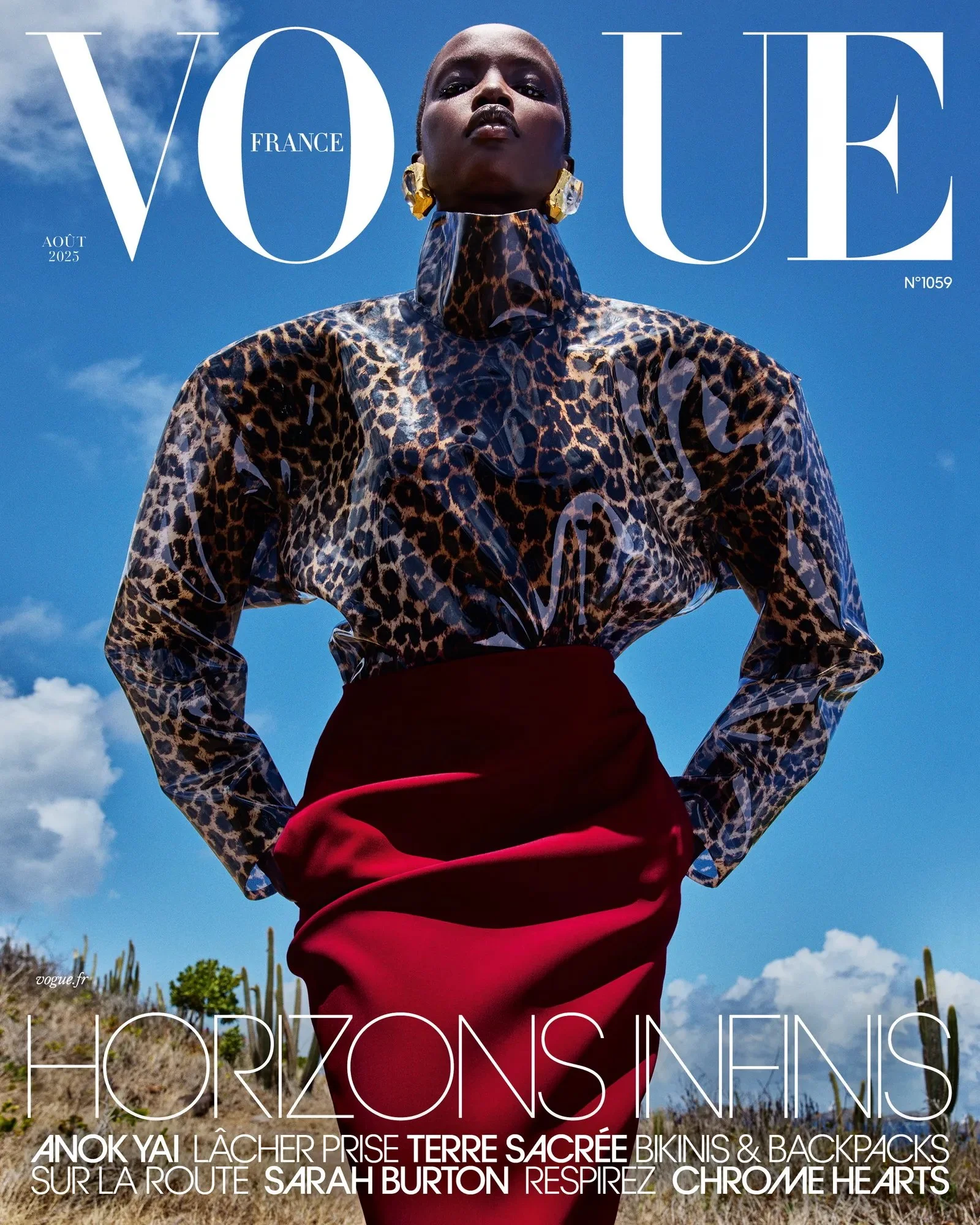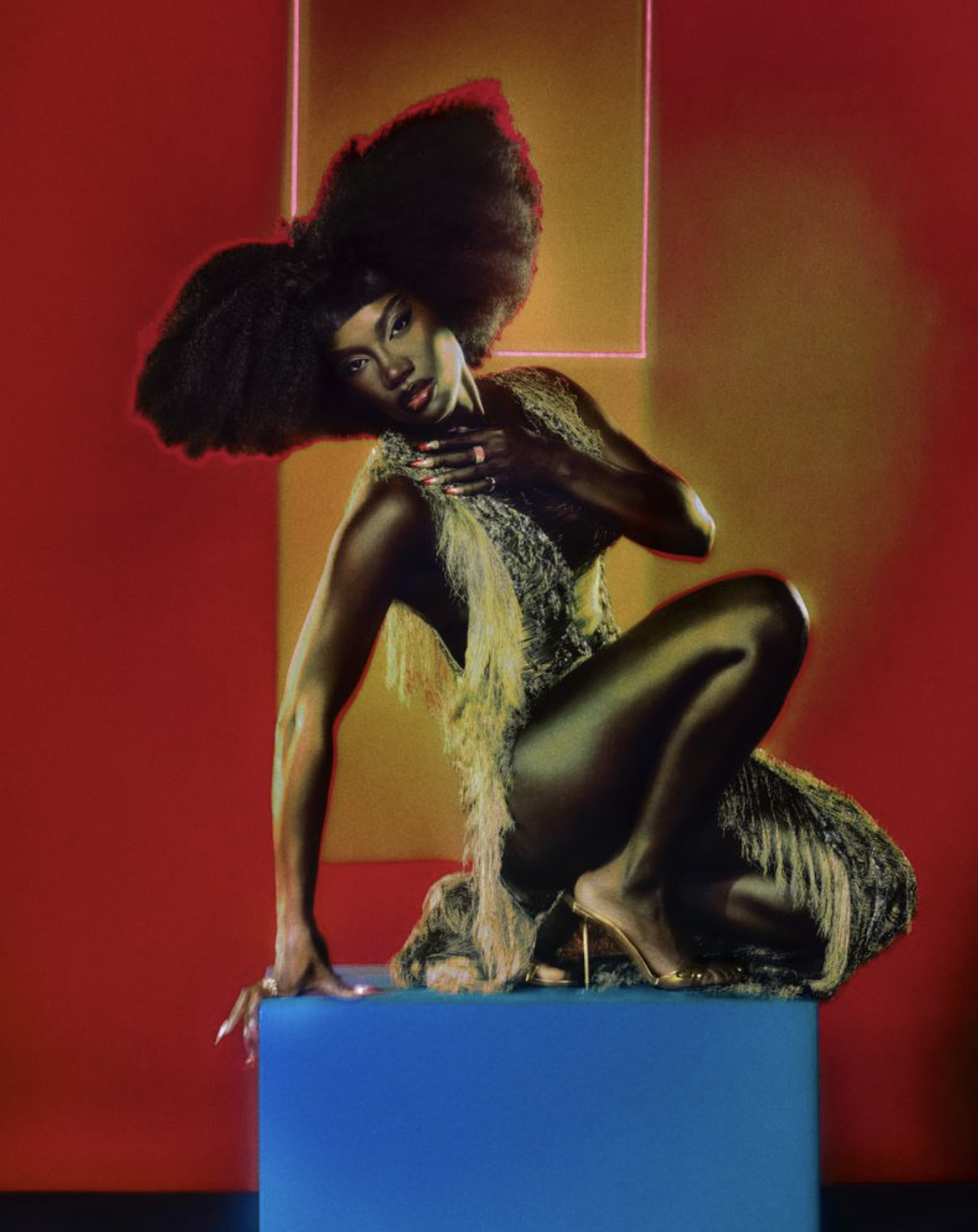Anyier Anei Wears Breezy, Nomadic Luxury for Numéro France #254 by Edgar Berg
/Rising South Sudan model Anyier Anei creates a series of spectacular images in ‘Les Caresses De L’Ombre’, luxury elegance from Burberry, Chanel, Dior, Giorgio Armani, Hermes, Jacquemus, Maison Alaia, Schiaparelli and more styled by Irina Marie.
Photographer Edgar Berg [IG] captures true image magic for Numéro France’s #254 [IG] Summer 2025 issue, shot at Fuerteventura, Canary Island, Spain./ Hair by Annesofie Begtrup; makeup by Megumi Itano
































